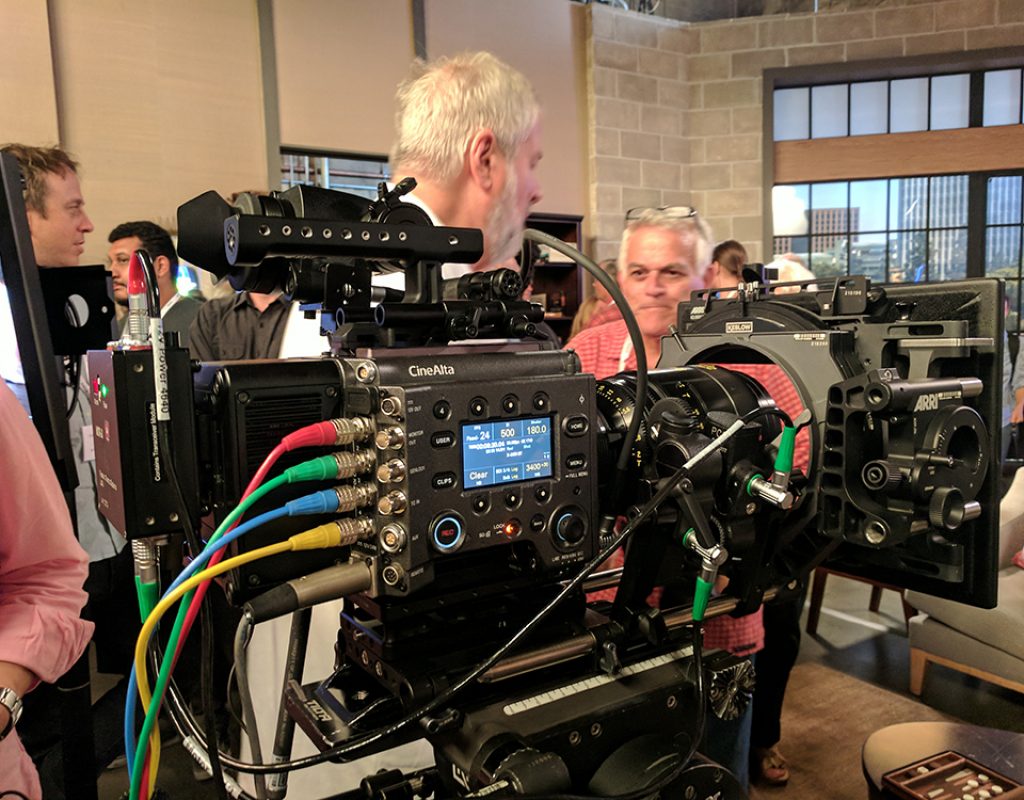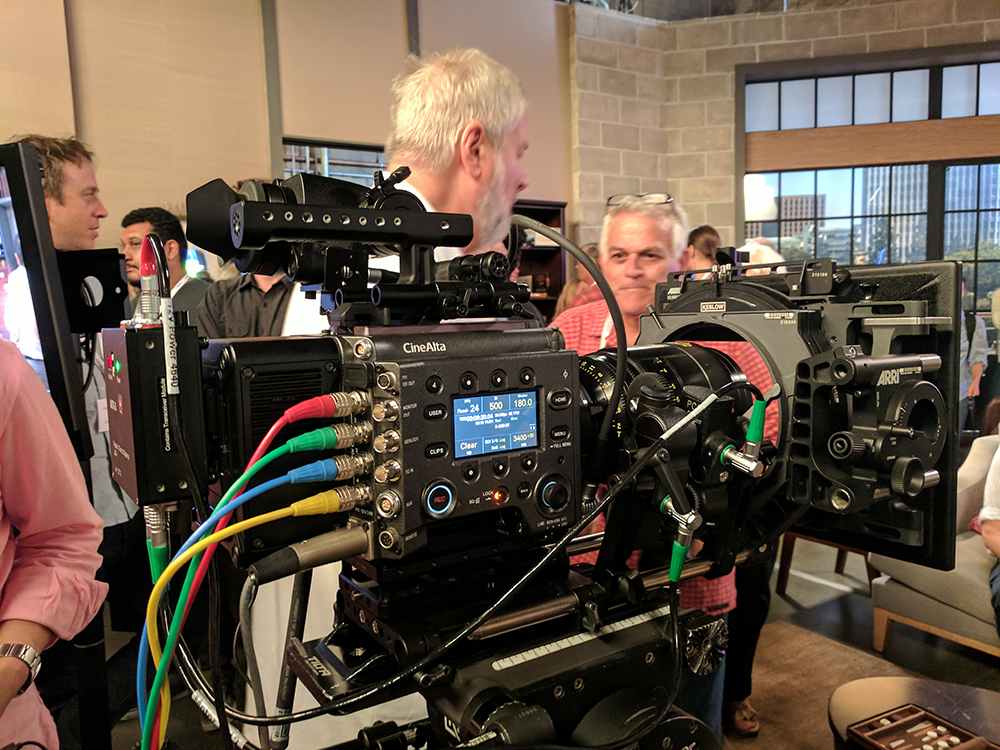
The new $42,000, full-frame Sony VENICE debuted on the Sony Pictures lot at the beginning of September and it looks good. Really good. Not game-changing good, but really good nonetheless.
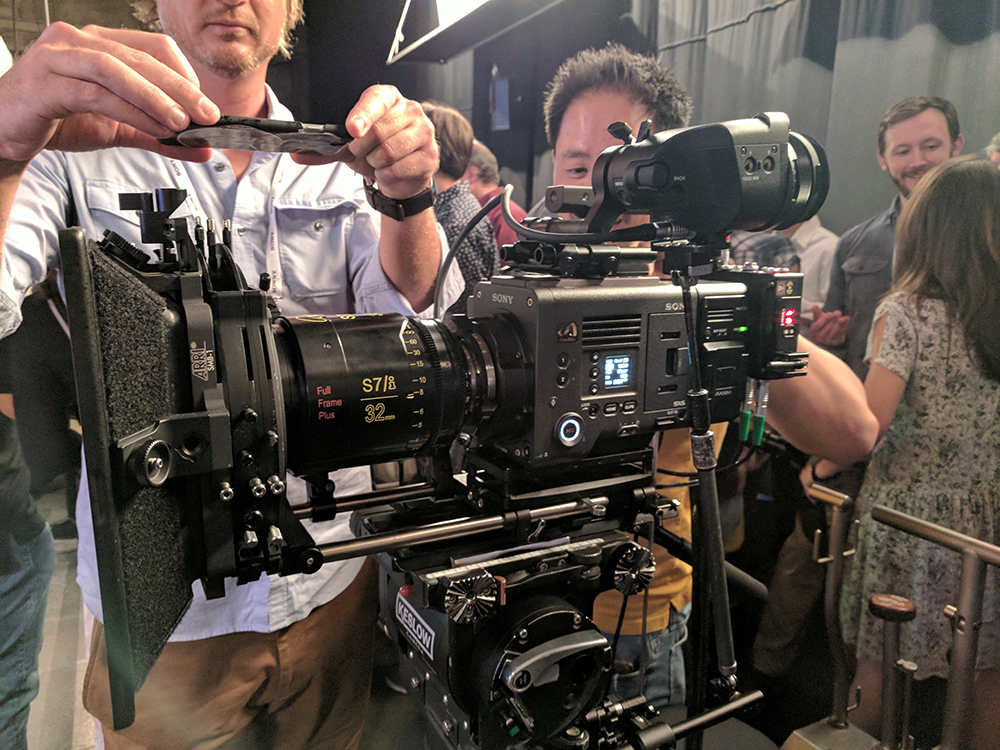
Sony seems to have taken a page out of Arri’s book, both by naming their product with a word instead of a number and by putting that word in all caps. They also seemed to have borrowed the menu buttons well, as Canon did with the C700. Thankfully, that means Sony has ditched their notoriously difficult to navigate menu system for something a bit more tried-and-true or, “familiar” as they put it. The VENICE looks a little more than half the length of its Arri competition, so after assembly you’re looking at a magnesium-bodied camera weighing in around the 13lb mark, depending on your rigging. It’s a little over 8lbs naked.
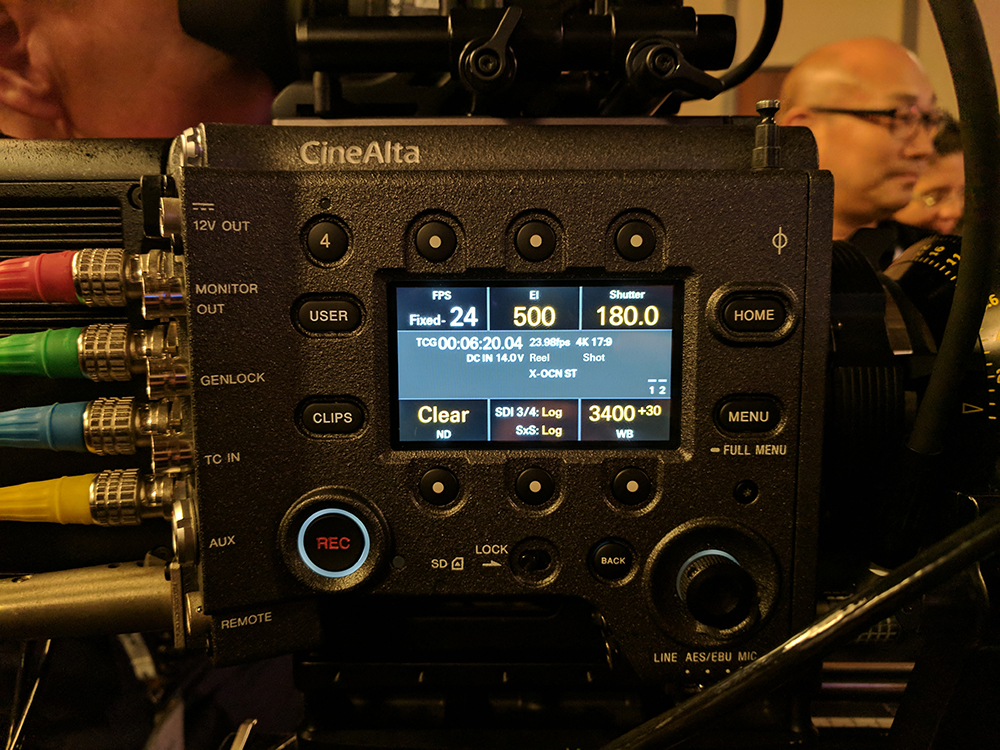
The camera is aspect ratio agnostic, allowing you to use almost any lens you’d like as long as it’s PL Mount or adaptable to an E-Mount, including the new Arri 65 lenses and similar. Unfortunately, you’ll have to acquire the licenses for most of those resolutions as detailed below. While Sony says this is a 6K sensor, it’s more honest to say it’s capable of 6K, but out of the box you’re getting a 4K camera. Depending on who you are this might not affect you but I would at least like to see the Anamorphic License done away with and included in the base package. The licenses come in weekly, monthly, and permanent flavors so you have options for when you finally get that 6K gig, as well as when you’re working with a pedestrian 15 stops of 4K that falls into the category of “beautiful enough.”
You might have a real gripe in the frame rate department, though. You’re at best getting 60fps with some of these resolution options, and at worst 24. You can record at any frame rate you want in 1 frame increments for playback at the listed project rates, but there’s not even a 1080p 120fps option? With how many options are available from the other team you’d think they’d try to compete a little there. There’s basically no rolling shutter, so there’s that.
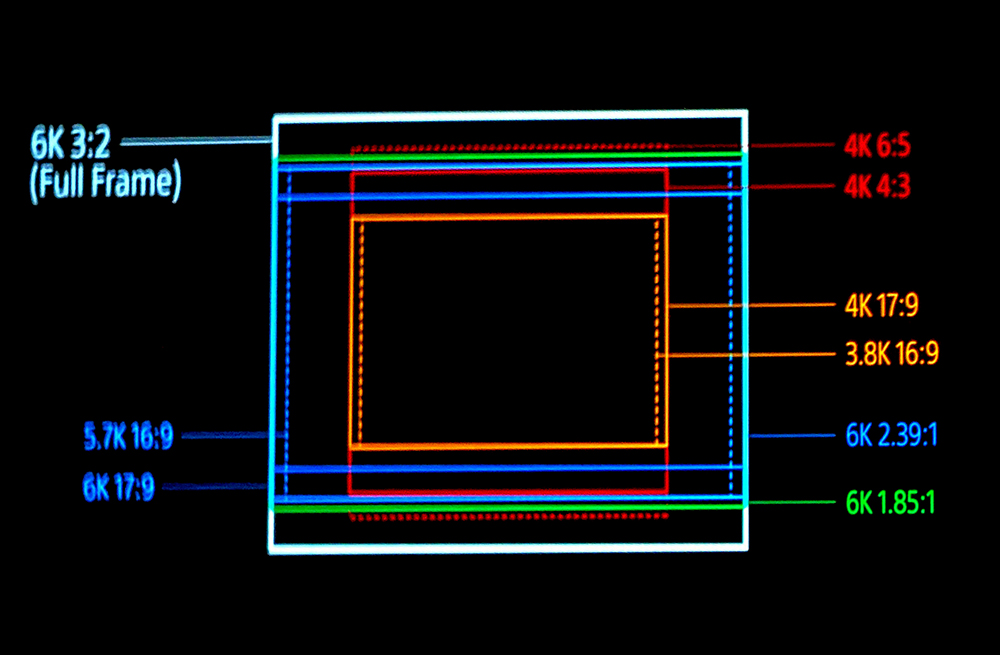
6K 3:2 Full Frame (FF License - 23,24fps)
6K 17:9 (FF License - 23,24,25,29fps)
6K 2.39:1 (FF License - 23,24,25,29fps)
6K 1.85:1 (FF License - 23,24,25,29fps)
5.7K 16:9 (FF License - 23,25,29fps)
4K 6:5 (Anamorphic License - 23,24,25,29fps)
4K 4:3 (Anamorphic License - 23,24,25,29fps)
4K 17:9 (Included - 23,24,25,29,50,59fps)
3.8K 16:9 (Included - 23,25,29,50,60fps)
Expensive resolutions and limited frame rates aside, at the end of the day most films are shot at 24fps and displayed around 2K. So how does the image look?
Honestly? Great.
The short film they showed at the launch event directed by Joseph Kosinski and shot by Claudio Miranda, ASC was simple in execution and story but rather impressive visually. It was lit mostly by practicals indoors at night, and by the sun outside during the day. The latitude of this camera is nothing to sneeze at, coming in at a reported 15+ stops, and the color science is refreshingly different for Sony while also exceeding the BT.2020 gamut. Also, if you find yourself becoming tired of the sensor in the VENICE, the block is built in such a way that when they release a new sensor for the body you can just unbolt the old one (in the field no less) and throw on the new one as it’s self-contained. No muss, no fuss. Very cool, if they’re able to stick to the one body for longer than a few iterations.
I’ve never hated the look of Sony’s cameras, even if I wouldn’t necessarily choose them first, but this new sensor puts them somewhere away from the sometimes videoy look of their previous offerings and more towards the color of the ALEXA. Both Joseph and Claudio made comments about how well the skin tones rendered straight out of the camera - requiring very little post work to get right - citing a pleasant lack of red and magenta.
In regards to latitude, Sony admitted they hadn’t fully measured it yet but are confident in their 15+ stop number. From the example footage, I’d say that’s probably accurate: outdoor scenes in a dark black car with a black interior rendered the full range of lows and highs easily, looking directly into the sun demonstrated a very gentle highlight rolloff, and scenes lit only by overhead fluorescents showed little sign of sensor noise which was only made apparent in the 1000nit showing of the film on a giant, almost theater-sized HDR LCD screen. Even so, the noise is more “filmic” than usual and isn’t as distracting as one might think. With a base ISO of 500, that’s pretty impressive. We’re a long way from the low-light video look of Collateral here. 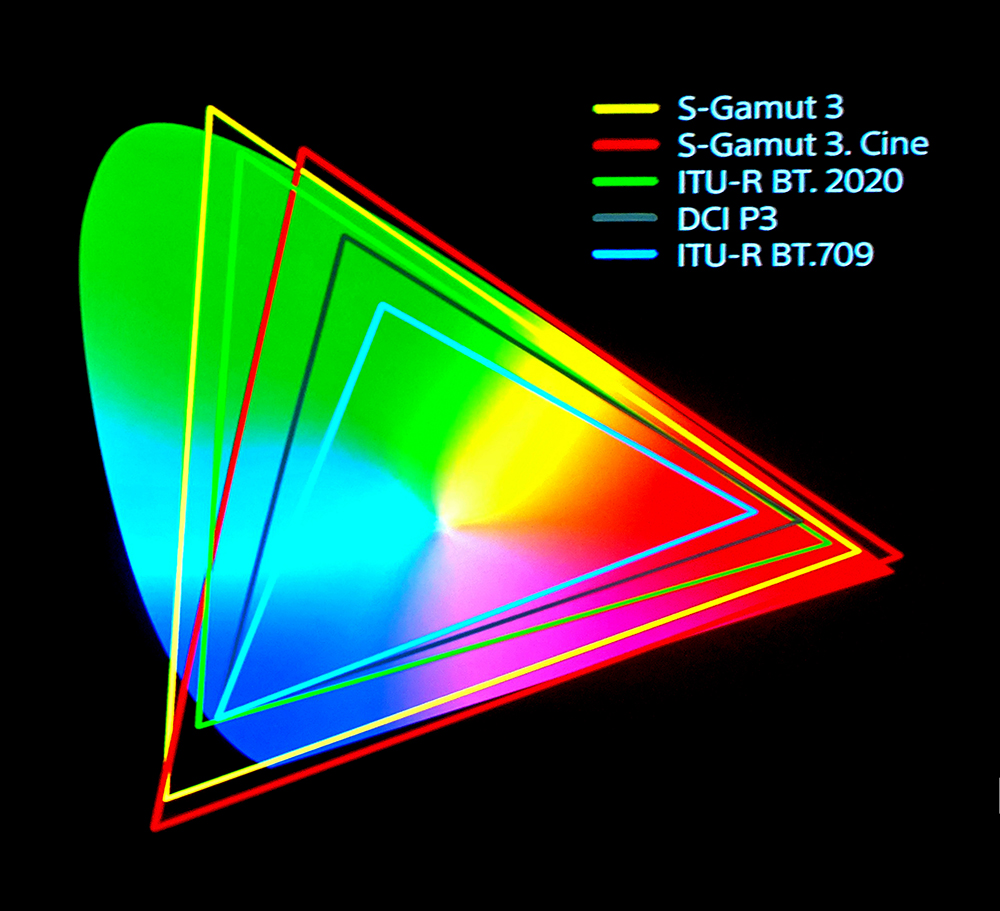
So you’ve got a great image to work with, what’s the workflow like? The VENICE touts a few codec options, including 4:2:2 10bit ProRes HD for those looking to keep things blissfully simple, all the way up to 16bit Linear RAW and Sony’s X-OCN 16bit “Original Camera Negative” format, which they say results in an indistinguishable image from RAW but ends up being 2/3rds the file size. Unfortunately you’ll need their AXS-R7 recorder for that privilege. For those who don’t need the extended range offered in those two formats, you’re using SxS or AXSM cards. However if you needed you can run the R7 and the cards simultaneously recording two separate formats.
One lovely feature which I hope Sony gets due credit for is the addition of an internal 8-step ND filter system. Something I love about the Canon Cinema cameras (which I personally own) is the ND filter wheel, and Sony has more than doubled the options with the ability to adjust ND in one-stop increments between 0.3 and 2.4 with no color or IR shift. For those of you who don’t know, that’s both impressive mechanically and a huge, huge timesaver in the field. Now, the DP can selectively choose their DoF on the fly without having to mess about with the mattebox or worry about damaging the expensive glass filters.
On the monitoring side we’ve got a really nice 1080p eyepiece made specifically for the VENICE, as well as four 4K SDI outs, an HD SDI out, and one HDMI out. Thankfully, the camera info is outside of the image so you don’t have to guess what’s under the GUI as seen on other cameras. The settings are accessed via the aforementioned “familiar” menu controls on the assistant side of the camera, with all but the Menu and MLUT controls accessible by the operator on the other side.
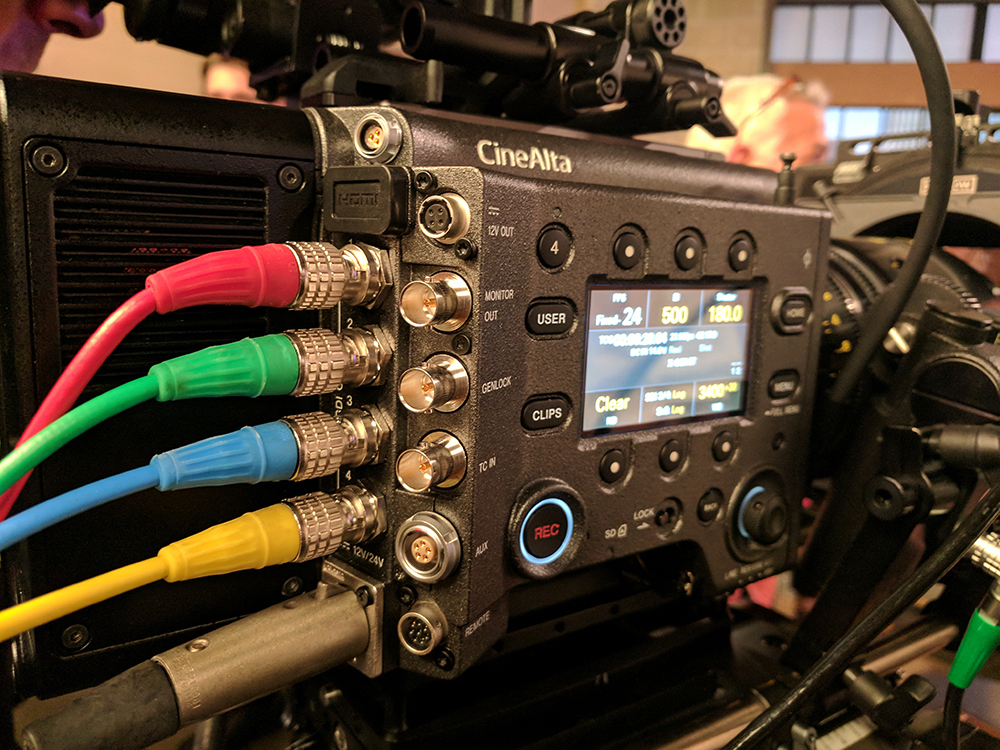
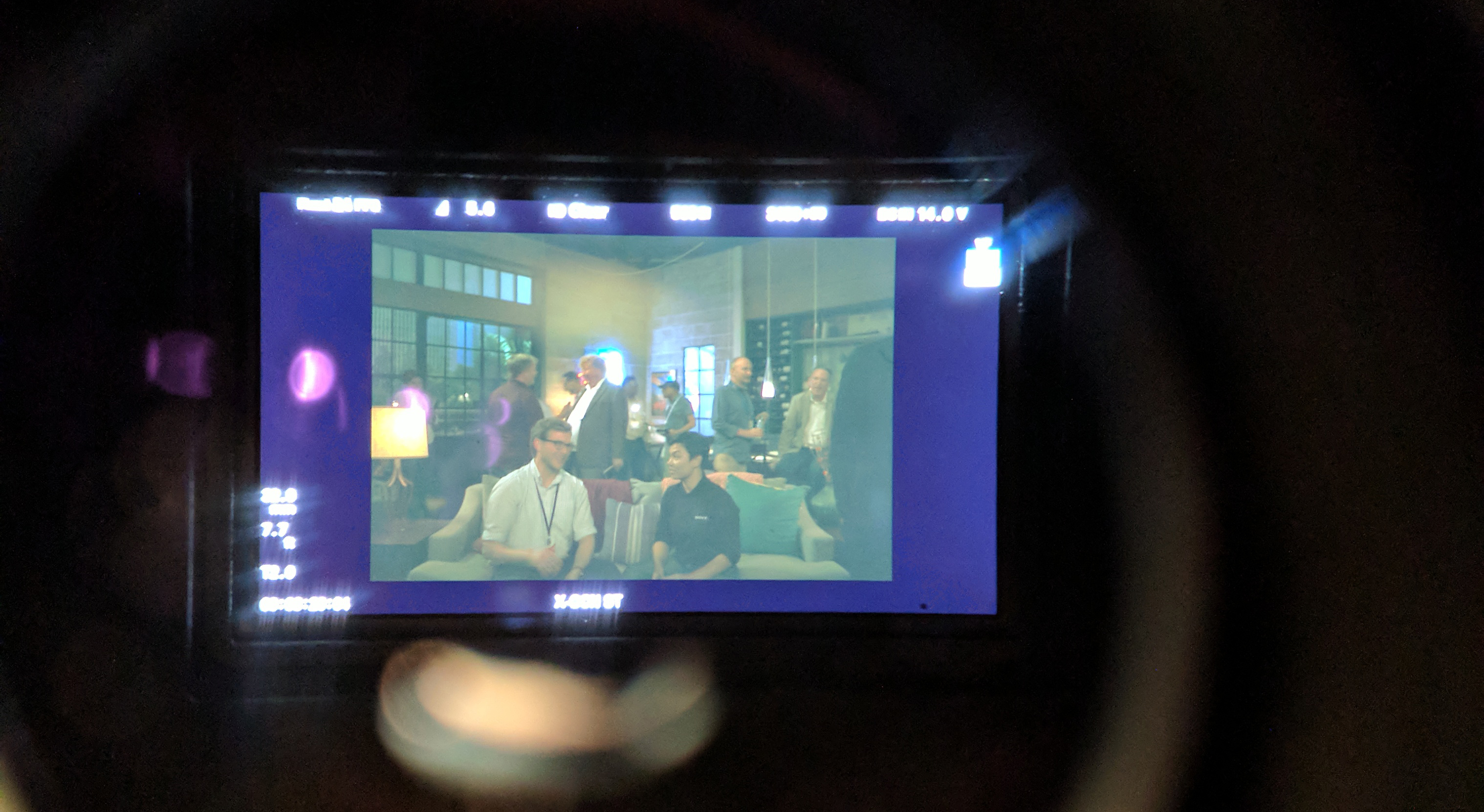
All in all, Sony has delivered something rather remarkable here. While it doesn’t necessarily change the game” the way the RED or ALEXA did years ago, it does seem to position itself as next in line behind them in the grand scope of cinematic production. The image produced by the Sony VENICE solidly places itself as a high-end competitive option to Arri and RED.
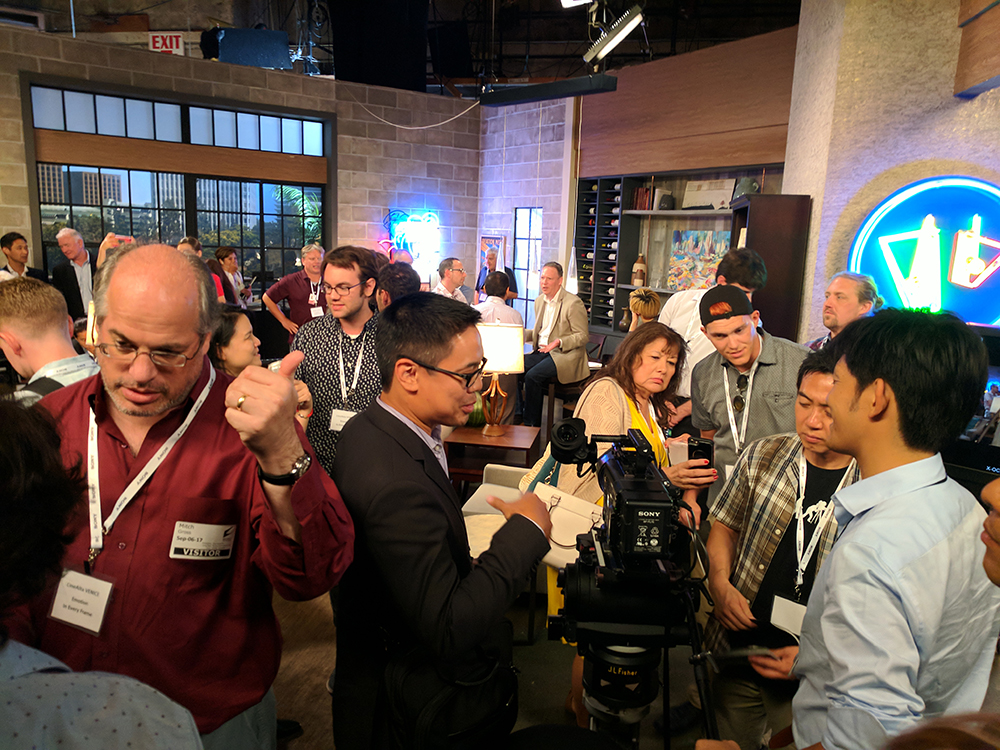

Filmtools
Filmmakers go-to destination for pre-production, production & post production equipment!
Shop Now